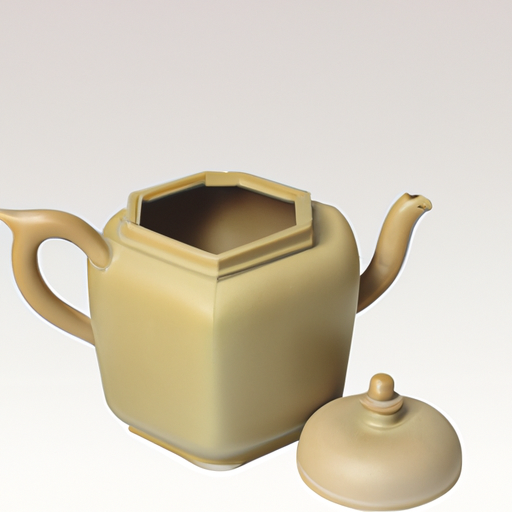Sip and Sculpt: The Art of Creating Teaware
Introduction
Here's a "pott-tea" fun fact: every cup of tea you've ever enjoyed owes its worth to the humble amphora that contained it. Open your kitchen cupboard and you're likely to find a collection of teapots, cups, and accessories carefully picked based on personal preferences. They sit there, silent yet stoic, an integral part of your tea ceremonies. In our mildly steaming discourse today, we're going to dive into the world of teaware, from clay to cup.
The Blossoming of Teaware: A History
Teaware has seen a tea-mendous evolution reflective of societal developments, cultural shifts, and technological advancements.
The earliest teaware, dating back to 221-206 BC during China's Qin Dynasty, embodied simplicity and function. With the rise of the Tang Dynasty (618-907 AD), tea drinking became an important aspect of Chinese culture, and teaware began to develop into artistic expressions. This period saw the emergence of Yixing teapots - handcrafted from a unique type of clay found in the Yixing region. These pots, unglazed to retain the clay's porous nature, would absorb the tea's aroma over repeated use, intensifying the flavor over time.
Table: Styles of Teaware Through The Ages
| Era | Region/Style | Hallmark Features |
|---|---|---|
| Medieval | Chinese | Hand molded, highly personalized, porous, Yixing clay |
| 1500s onwards | Japanese | Utilitarian, rustic, Wabi-Sabi aesthetic, Raku ware |
| 1700s | British | Bone china, opulent designs, influenced by Industrial Revolution |
| Modern | Global Fusion | Functionality entwined with style, a blend of traditional and contemporary |
The Art and Science of Teaware Production
Whether it's a delicate porcelain teacup, a sturdy iron teapot, or a rustic terracotta pinch bowl, the creation of teaware is an intricate dance between artistry and functionality.
Ceramics
Ceramic teaware features a diverse range, including earthenware, stoneware, and porcelain.
- Porcelain: Fired at high temperatures, porcelain has a white, translucent appearance. It's often painted and glazed, and its smooth finish is perfect for those who prefer a clean, pure taste.
- Stoneware: Considerably durable and less porous than other forms, stoneware retains heat effectively, ideal for brewing teas that require higher temperatures.
- Earthenware: This type of pottery is fired at lower temperatures, making it porous. It's suitable for a more casual tea drinker who enjoys thicker-bodied, milkier teas.
Metal
Silver: Well-regarded for its heat conductivity and antimicrobial properties. Silver teapots offer a pristine taste, amplifying the nuances of fine teas.
Cast Iron (Tetsubin): Initially used for boiling water in Japan, its heat retention properties later found favor in brewing tea.
Glass
Art meets utility in glass teapots, allowing the beholder to visually enjoy the infusion process. However, they do not retain heat as well as other materials.
Conclusion
The journey of teaware from a crude clay pot to an artistic symbol reflects both the practicality of design intervention and the aesthetics of cultural expression. Each cup, each pot brings with it a chunk of history, a taste of art, and ultimately augments our experience as we sip our tea. So, the next time you find solace in your brew, do take a moment to appreciate the vessel that cradles it.
How has your journey with teaware been? Do you have a favorite piece of teaware that makes your tea moments special? Let's brew a conversation in the discussion area. And spare a thought by sharing this post with your tea-loving comrades. Until then, here's raising a teacup to artistry, craftsmanship, and of course, tea!
